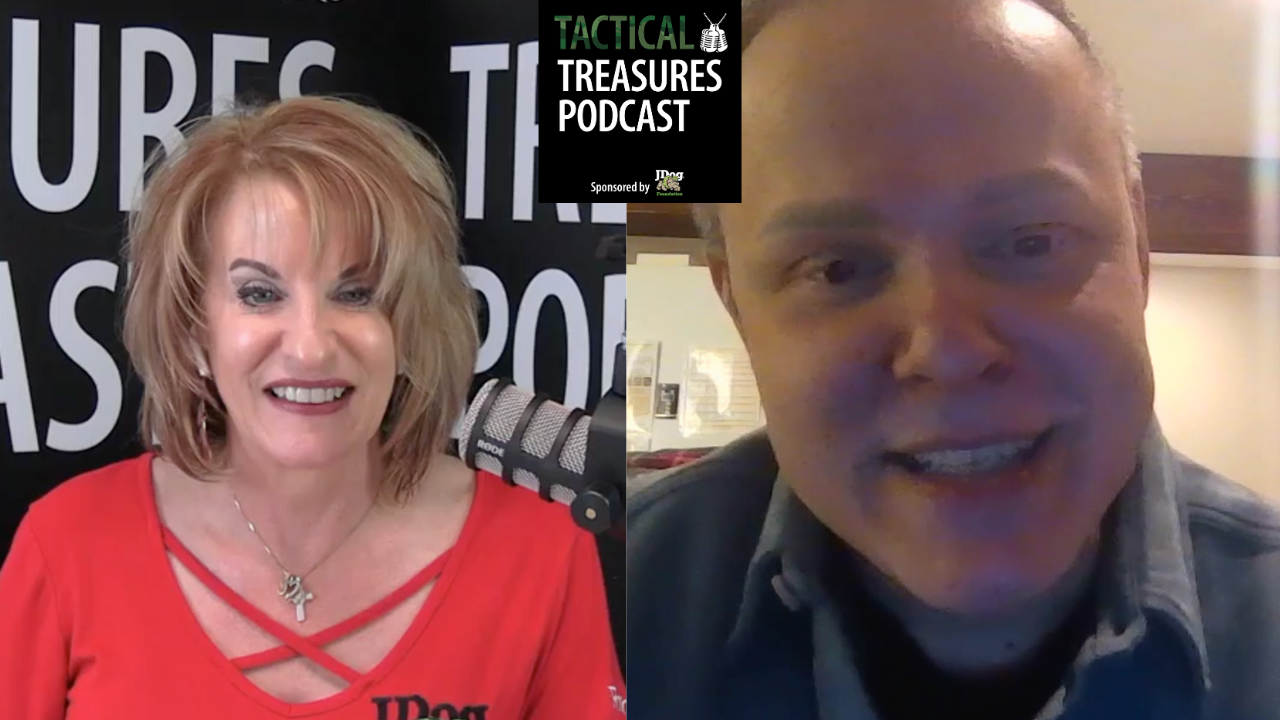Content marketing can be one of the most effective strategies for organizations that want to build engaged audiences and garner long-term marketing wins, but the intricacies of content marketing can be intimidating, particularly if you're working with a small or underbudgeted team.However, whether you're focused on building a content strategy, creating and distributing content, or measuring content performance, even one-person teams can successfully implement content marketing.How? Setting expectations, contracting with outside help, and staying the course with your content strategy can help you achieve big content wins even with small teams.1. Set expectations (and benchmarks)Content marketing is ultimately a long-term strategy. Though some content can garner early brand-awareness and audience-building wins, you don't typically see the same immediate results or measurable returns that you would with pay-per-click advertising or email marketing, for example.For small organizations that have limited brand awareness or audiences, content marketing can take 6-18 months to bear fruit. For these organizations, the key to creating big wins is to think months ahead and to set realistic performance expectations as part of their content strategy.Start by assessing your current content marketing performance to create a benchmark for your ongoing efforts.To collect insight on your website, mobile, and social channels, use Google Analytics, Simply Measured, Mixpanel, or other analytics platforms.Also use tools such as Ahrefs, Moz, and SEMrush to monitor keyword rankings, SEO, and general search visibility metrics; moreover, to benchmark email effectiveness, look at data from your email service or automation providers, such as Marketo, MailChimp, and VerticalResponse.After assessing the performance of your current marketing channels, collect these metrics in a spreadsheet. Those metrics could include the following:
- Web traffic, time on site, bounce rate, unique visitors, return visitors, etc.
- Social traffic, shares, comments, mentions, and other engagement metrics.
- Email audience growth, open rate, bounce rate, CTA clicks, etc.
- Keyword rank, organic traffic, etc.
If your team hasn't invested in marketing, email, or analytics software, you will have to log your metrics manually by grabbing social information from the social platforms themselves, collect blog information from WordPress or other CMS, and so on.Setting benchmarks is important to understand what type of results you can realistically expect from your content marketing and for identifying high-performing content down the road.2. Contract outside resourcesThe reality of working with a small team is that there is a mountain of tasks to accomplish and only so much time in the day. Compound those pressures with performance expectations and the need to maintain content quality standards, and you have the recipe for a stressful working environment.For small teams to achieve big wins, they must remain focused on their larger content strategy and experiment with outside resources, such as freelancers and agencies, and contracted employees.The key is to find resources that help your team directly execute content that aligns with your content strategy; to keep a lean team and respect your budgetary constraints, immediately cut anyone who doesn't fit.To find success with freelancers or an agency, you must set them up for success:
- Provide clear performance expectations.
- Share brand style guides, contributor guidelines, goals, and other relevant marketing team activities.
- Organize your marketing programs to avoid confusion.
- Concentrate on transparent communication to create win-win scenarios.
Outside resources can make small marketing teams more effective by adding more hands on deck, diversifying the expertise on the team, and providing flexible resources that can be used to scale; the challenge is to build long-term working relationships that can keep costs low.Small teams must aim to create repeat engagements with outside resources to...
- Execute content more efficiently while maintaining quality standards
- Remain more agile and flexible in their content efforts
- Avoid costly onboarding and industry training time
- Eliminate the need for a W2 hire and cut down on HR costs
Overall, freelancers and agencies can be your secret weapon to highly effective marketing teams. And, if managed well and tactfully, they can be a more budget-friendly option than internal hires.3. Stay the courseSince content marketing is a marathon strategy, the key to achieving big results is to consistently experiment with new content campaigns, concentrate on building terrific brand experiences, and grow your audience and community over time.In 2016, fully 70% of B2B marketers rated their content strategy more effective than in the previous year—a testament to their ongoing and evolving content efforts.To stay the course, set deadlines and create an editorial calendar that keeps your team action-oriented. Doing so can be as simple as requiring an article every week or publishing on social media daily. The key is to set goals and make sure you can execute, day in and day out.Next, plan a content distribution strategy or a distribution checklist for your content efforts to make sure you are paying attention to promoting your content each time you publish.Though content distribution can seem straightforward, there are several tactics to consider to make your processes more effective. My distribution checklist, for example, looks like this:
- Share content on Facebook, LinkedIn, Twitter, and Pinterest.
- Start discussions on Reddit, Inbound, GrowthHackers, and Quora.
- Add to Post Planner rotation and Sprout Social.
- Tag and mention any organizations, employees, or influencers discussed in the content.
- Syndicate content on LinkedIn Pulse and Medium.
- Add a snippet to my website.
- Promote in Slack communities; #StuffYouWrote, #Promotion, and other channels.
- Share in relevant LinkedIn groups.
Each of your marketing channels has unique audience expectations, variable feature sets, format considerations, and other factors that could affect your distribution strategy.This article originally appeared on MarketingProfs.com



%201.svg)









